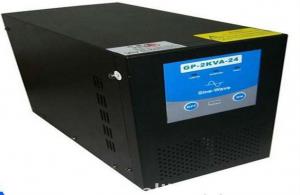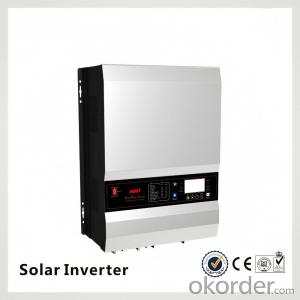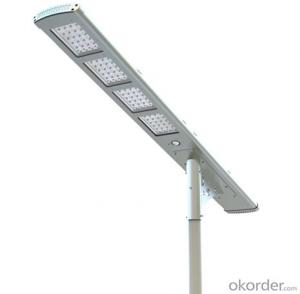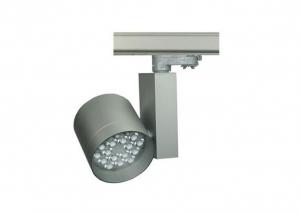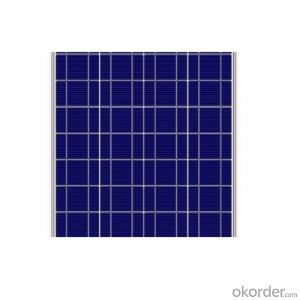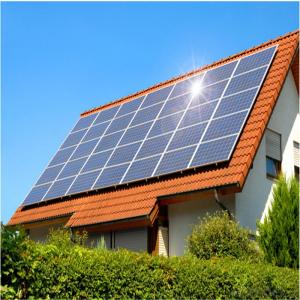4000 Watt Solar Inverter
4000 Watt Solar Inverter Related Searches
200 Watt Solar Panel Inverter 1000 Watt Solar Panel Inverter 300 Watt Solar Power Inverter Solar 500 Watt Power Inverter Solar 1000 Watt Power Inverter 2000 Watt Solar Power Inverter Solar Power Inverter 6000 Watt 5000 Watt Solar Power Inverter Solar 3000 Watt Power Inverter 1500 Watt Solar Power InverterHot Searches
Solar Inverter For Sale Solar Inverter For Battery Solar Inverter For Laptop Solar Inverter For Fridge Solar With Inverter Price Solar Inverter With 2 Battery Solar Inverter Price In Dubai Solar Inverter Price In Uae Solar Inverter Price In Kenya Solar Inverter Price In Kerala Solar Inverter Price In Ghana Solar Inverter Price In Nepal Solar Inverter Price In Ksa China Solar Inverter Price Best China Solar Inverter Solar Inverter Supplier In Uae Solar Inverter In Dubai Solar Inverter In Saudi Arabia Solar Inverter In Uae China Hybrid Solar Inverter4000 Watt Solar Inverter Supplier & Manufacturer from China
Okorder.com is a professional 4000 Watt Solar Inverter supplier & manufacturer, offers integrated one-stop services including real-time quoting and online cargo tracking. We are funded by CNBM Group, a Fortune 500 enterprise and the largest 4000 Watt Solar Inverter firm in China.Hot Products
FAQ
- Yes, a solar inverter can be used in systems with different module voltages. Solar inverters are designed to convert the direct current (DC) generated by solar panels into alternating current (AC) that can be used in the electrical grid or for powering appliances. They are equipped with maximum power point tracking (MPPT) technology, which allows them to adjust and optimize the voltage and current output to match the specific voltage requirements of the solar panels. This flexibility enables solar inverters to work efficiently with various module voltages, making them compatible with different solar system configurations.
- A solar inverter plays a crucial role in the overall system performance of a solar energy system in different weather conditions. In sunny weather, the solar inverter efficiently converts the direct current (DC) generated by the solar panels into alternating current (AC), optimizing power output. However, in cloudy or overcast conditions, the solar inverter mitigates the impact of reduced sunlight by employing maximum power point tracking (MPPT) technology, ensuring that the system operates at its peak efficiency and extracts the maximum available energy from the panels. Additionally, advanced inverters can also provide grid stabilization during extreme weather events, such as storms or voltage fluctuations, safeguarding the system and enhancing its performance and reliability. Overall, a well-functioning solar inverter is essential for maximizing energy production and maintaining optimal system performance in varying weather conditions.
- Harmonic distortion affects the performance of a solar inverter by introducing unwanted frequencies and distortion in the output waveform. This can lead to reduced efficiency, increased power losses, and potential damage to connected electrical devices. It can also cause electromagnetic interference and compatibility issues with the utility grid or other connected systems. Therefore, minimizing harmonic distortion is crucial to ensure optimal performance and reliable operation of a solar inverter.
- When installing a solar inverter, several safety measures should be considered. Firstly, it is important to ensure that the installation is performed by a qualified and certified professional to minimize the risk of accidents. It is crucial to follow the manufacturer's guidelines and recommendations during the installation process. Additionally, it is essential to disconnect the solar inverter from the power source before starting any installation or maintenance work to prevent electrocution. Proper grounding and wiring techniques should be followed to reduce the risk of electric shock or fire hazards. Adequate ventilation and temperature control should be provided to prevent overheating of the inverter. Regular inspections and maintenance checks should be conducted to ensure the inverter's safe and efficient operation. Overall, prioritizing safety measures during the installation process is crucial to protect both the installer and the system's end-users.
- A solar inverter interacts with the electrical grid by converting the direct current (DC) electricity generated by solar panels into alternating current (AC) electricity, which is the standard form of electricity used in the grid. It synchronizes the AC electricity produced by the solar panels with the grid's frequency and voltage, allowing the excess energy to be fed back into the grid. The solar inverter also ensures that the energy produced by the solar panels is safely integrated with the grid, adhering to the grid's regulations and requirements.
- Yes, a solar inverter can be used with different types of solar cell technologies. Solar inverters are designed to convert the DC electricity generated by solar panels, regardless of the type of solar cell technology, into AC electricity that can be used to power homes and businesses. Therefore, whether it is monocrystalline, polycrystalline, thin-film, or any other solar cell technology, a solar inverter can efficiently convert the generated electricity into usable form.
- The typical installation process for a solar inverter involves several steps. First, a suitable location for the inverter is identified, usually near the solar panels. The inverter is then mounted securely on a wall or other structure. Next, the DC wiring from the solar panels is connected to the input terminals of the inverter, ensuring proper polarity. The AC output terminals of the inverter are then connected to the electrical panel of the building, often through a dedicated circuit breaker. Finally, the inverter is connected to the monitoring system to track its performance and ensure optimal energy production. It is important to follow the manufacturer's instructions and consult a professional electrician to ensure a safe and efficient installation.
- Yes, a solar inverter can be used with different battery chemistries as long as the voltage and capacity of the batteries are compatible with the inverter's specifications. However, it's important to note that different battery chemistries may have varying charging and discharging characteristics, so it is advisable to consult the manufacturer's guidelines to ensure optimal performance and safety.


